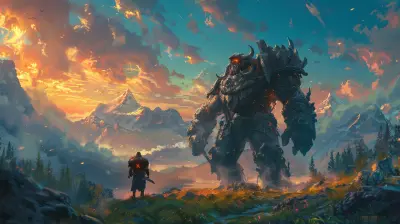The Role of Animation in Creating Memorable Platformer Characters
13 June 2025
If you’ve ever found yourself humming a platformer character’s theme song or mimicking their quirky jump animations, you’re not alone. There’s something undeniably magnetic about well-animated platformer characters. Think about Mario's iconic triple jump, Sonic's blazing spin dash, or Crash Bandicoot's slightly unhinged spin attack. These movements aren’t just random animations—they’re the secret sauce that makes these characters stick in our heads like a catchy tune.
But what exactly is it about animation that makes platformer characters so unforgettable? Let’s dive in and see how animation breathes life into these virtual heroes (and sometimes villains) we can’t help but love. 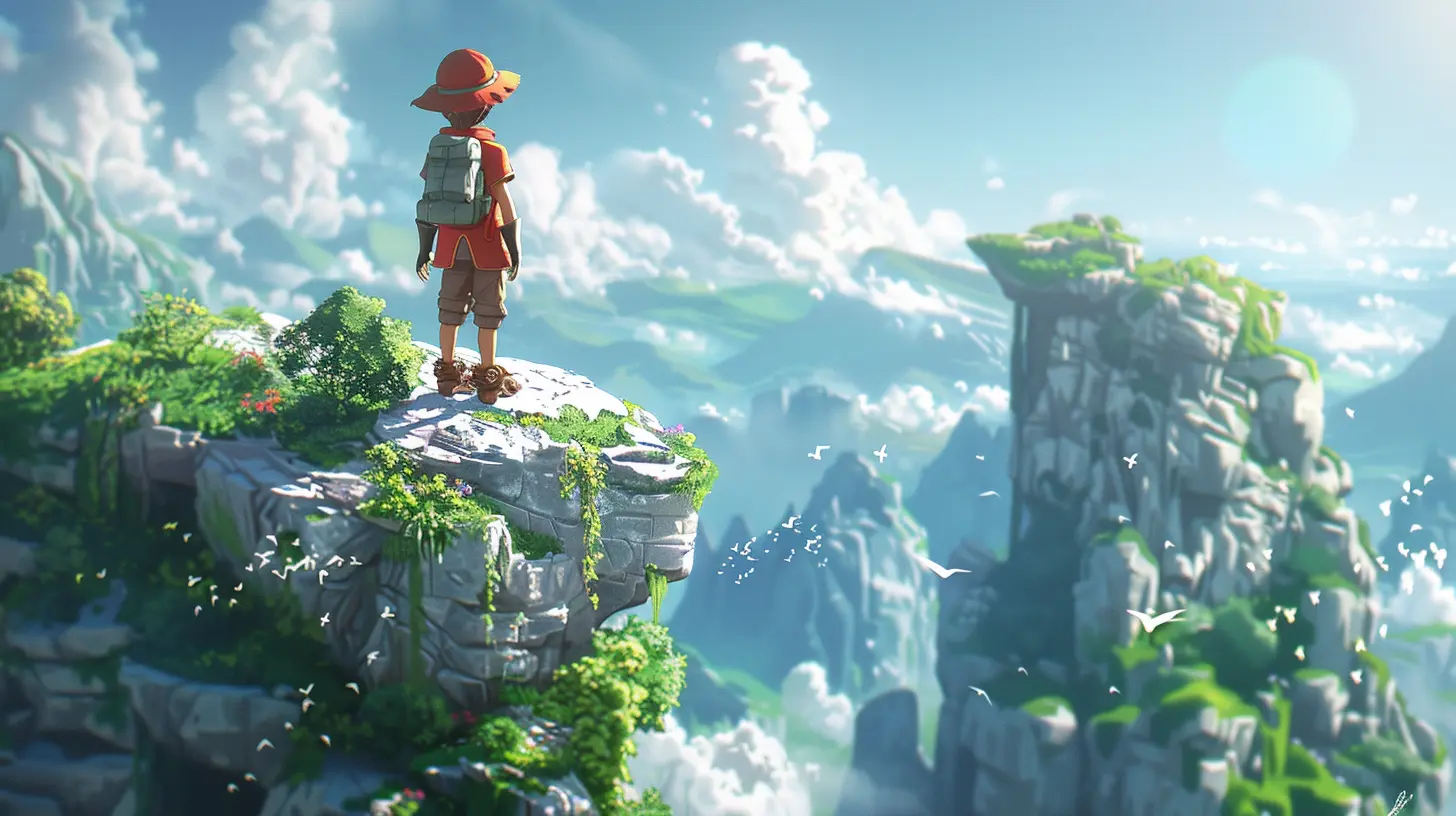
Why Animation Matters in Platformers
Platformers are one of those genres where animation isn’t just important—it’s absolutely crucial. Why? Because gameplay in platformers is all about movement. Running, jumping, sliding, swinging; it’s the bread and butter of the experience. So if the animations feel clunky, stiff, or boring, it can ruin the game faster than you can say, “Game Over.”But great animation is about more than just smooth jumps or believable physics. It’s about personality. A well-animated character tells us who they are without saying a word. Their movements can convey bravery, goofiness, agility, or even arrogance. It’s like how Bugs Bunny's confident saunter tells you he’s got things under control—animation speaks volumes without needing dialogue. 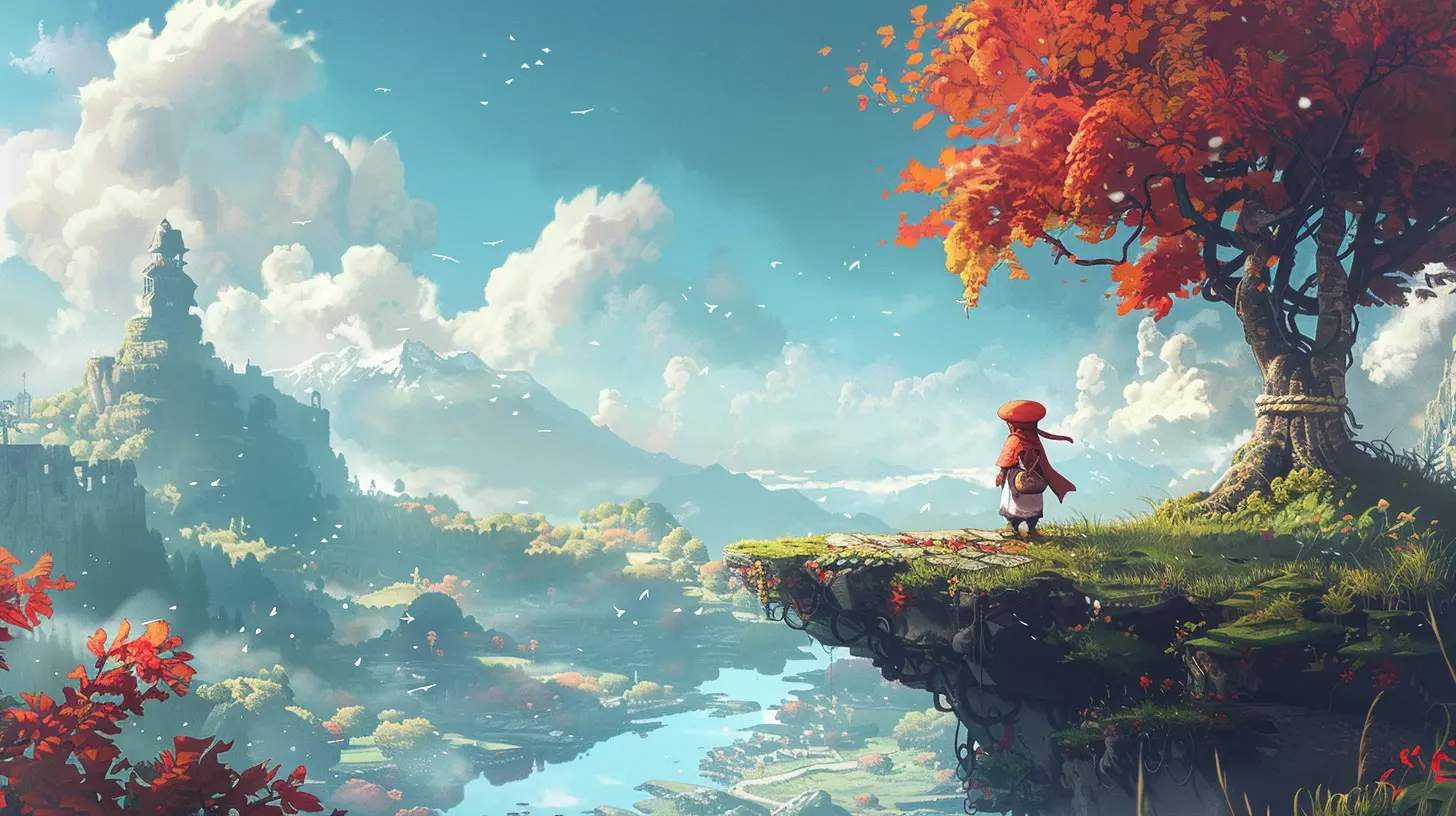
The Art of Personality Through Movement
Ever notice how platformer characters tend to have very distinct animations, even when they're doing something as simple as standing still? Let’s break that down.Idle Animations: The Silent Storytellers
Idle animations are the unsung heroes of character design. A character’s idle pose can say so much about their personality. Take Sonic, for example. When you leave him standing still for too long, he’ll start tapping his foot impatiently, as if he’s saying, “Come on, we’ve got places to be!” That one little animation tells you everything you need to know about Sonic’s impatient, go-getter attitude.On the flip side, Mario’s calm, modest standing pose reflects his everyman persona. He’s not here to show off—he just wants to get the job done and save the princess. These little animations might seem trivial, but they’re what make these characters feel alive and relatable.
Movement That Matches the Character
The way a character moves says a lot about who they are. A burly, heavy character like Donkey Kong lumbers around, while a nimble character like Yooka (from Yooka-Laylee) leaps with a spring in their step. Animators intentionally exaggerate these traits because our brains love clear, exaggerated visuals.It’s not just about looking cool; it’s about creating a connection. When you play as a character whose movements feel natural and expressive, you’re not just controlling them—you’re becoming them. You feel the weight of their jumps, the rush of their dashes, and the satisfaction of nailing a tricky move. 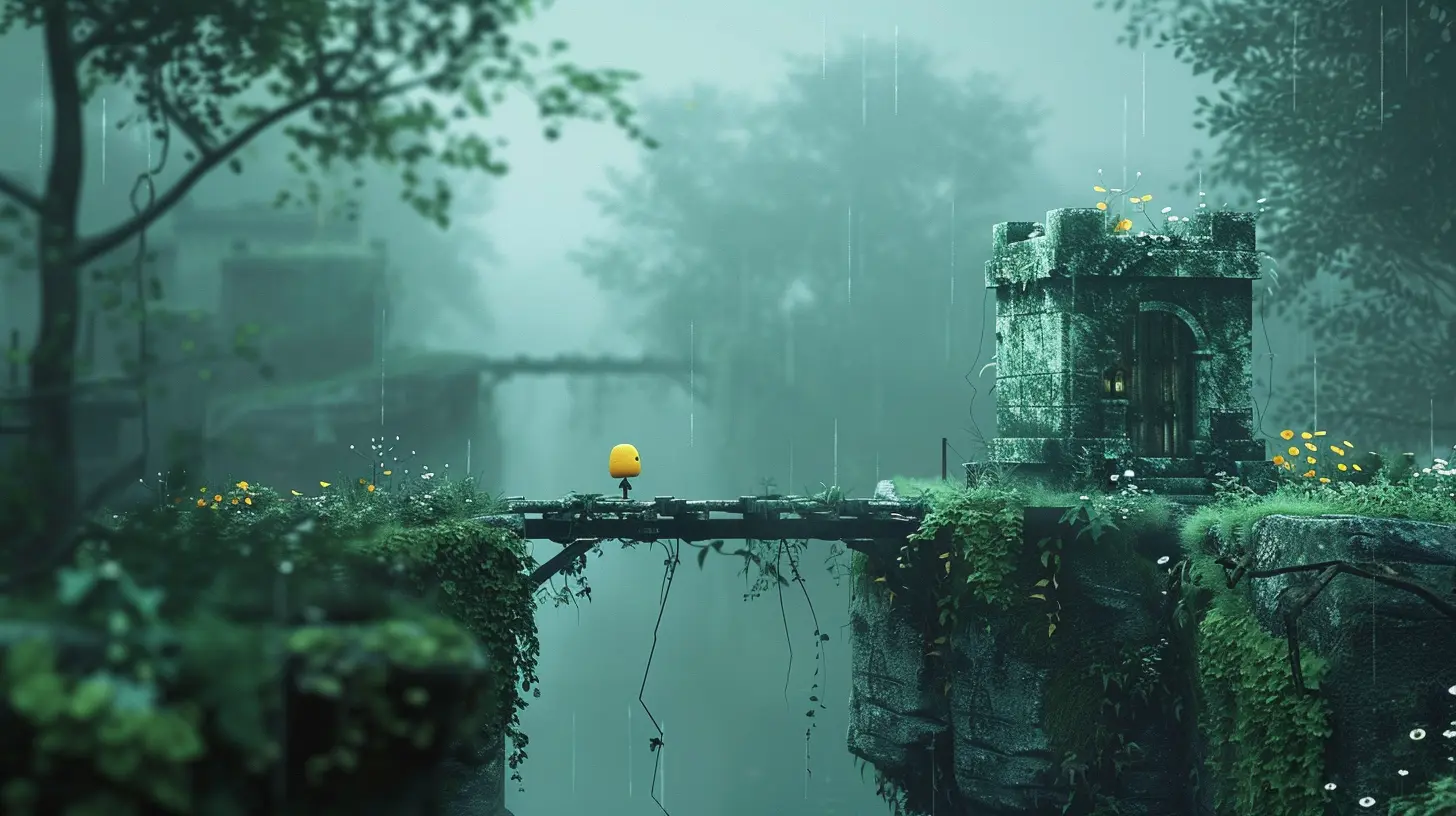
The Role of Animation in Emotional Connection
Okay, let’s get a bit emotional here. Animation doesn’t just make platformer characters look cool; it makes them memorable. Why? Because movement triggers emotions.Triumph in Every Leap
Think about the thrill of landing a perfectly timed jump across a gap that seemed impossible. That moment feels so satisfying because of the animation. If the character stumbles a bit upon landing or pumps their fist in victory, it’s like they’re celebrating with you. That emotional feedback makes the gameplay stick in your brain.Relatability Through Struggle
Good animation also lets characters express struggle and vulnerability. Have you ever noticed how characters grimace or stumble when they take damage? That’s intentional. Animators include those tiny details to make the character feel more human—or, at the very least, relatable.For example, in Hollow Knight, the little knight’s stagger after being hit adds emotional weight to the game. It’s the animation equivalent of saying, “Ouch, that hurt!” This makes you care about the character and motivates you to protect them. 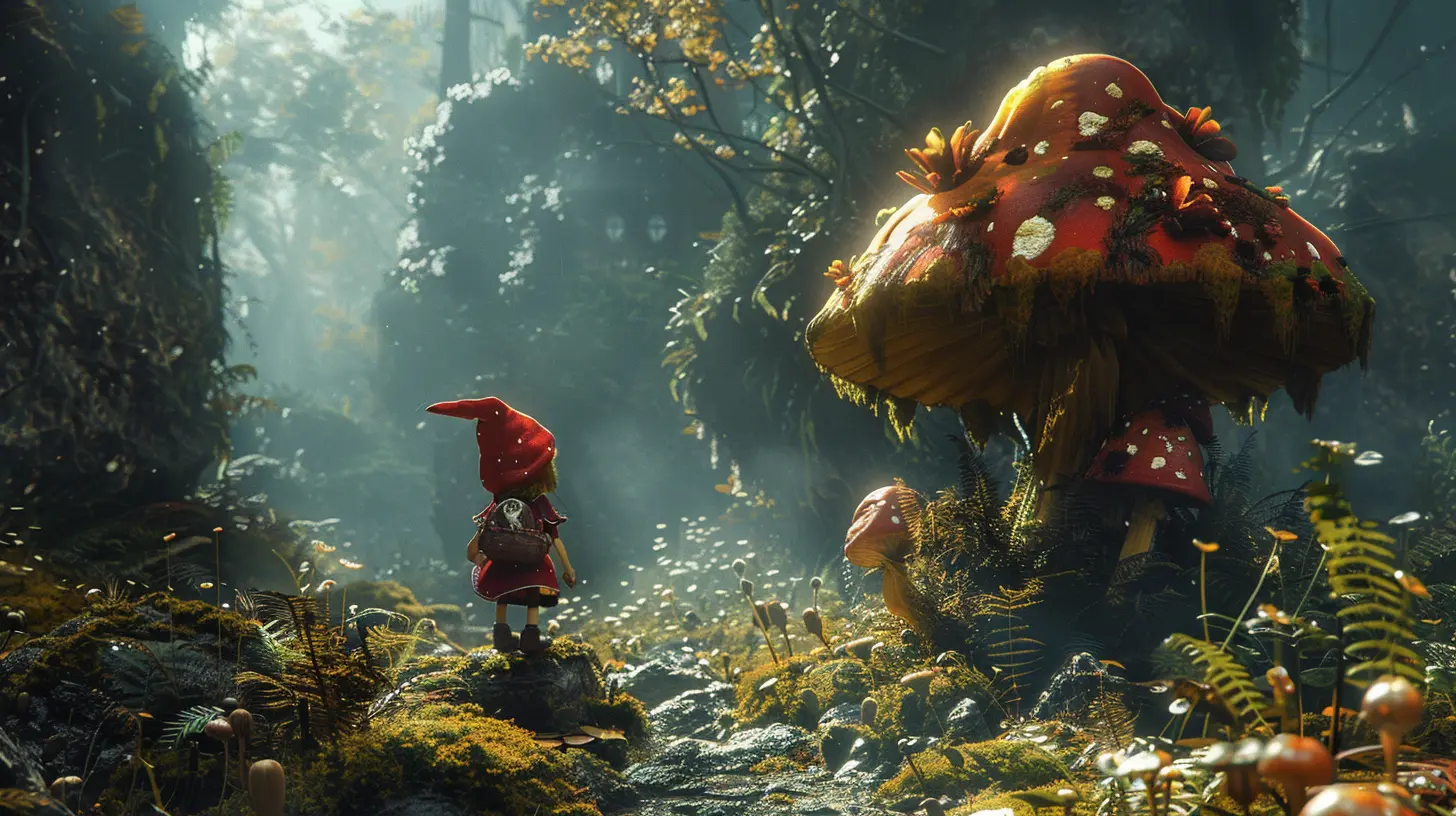
Animation as a Gameplay Guide
Animation in platformers isn’t just about aesthetics; it’s also a tool that guides the player. Great animation communicates what’s happening in the game without the need for clunky tutorials or pop-up text.Anticipation Animations
Let’s talk about anticipation. Animators use this principle to prepare players for what’s about to happen. For instance, if a character crouches slightly before a big jump, that’s a visual cue telling you, “Hey, I’m about to leap high!” Without these subtle animations, platformers would feel chaotic and unpredictable.A classic example? Mario’s power-up animations. When he gets a Super Mushroom, he doesn’t just instantly grow—there’s a quick, exaggerated animation to let the player register the transformation. It’s satisfying, it’s clear, and it feels rewarding.
Conveying Momentum
Momentum is another huge part of platformers. Characters need to feel like they exist in a world with rules, like gravity and inertia. Animation bridges the gap between the game’s mechanics and the player’s intuition.Take Celeste’s protagonist, Madeline. Her jumps and dashes are animated so precisely that you can “feel” her momentum. When you miss a landing, it doesn’t feel like the game’s fault because the animations give you all the feedback you need to predict her movements.
The Evolution of Animation in Platformers
Back in the day, animation in platformers was… let’s call it “functional.” Don’t get me wrong; it had its charm. But with limited hardware, developers had to work with a small number of frames and a lot of imagination.The Pixel-Era Charm
In the 8-bit and 16-bit eras, animations were more symbolic than realistic. Mario didn’t have knees, yet he still managed to run, jump, and slide his way into gaming history. Sonic’s “figure-8” running animation wasn’t technically realistic, but it screamed, “This dude is fast!”What these early games lacked in detail, they made up for with bold, iconic movements. Simplicity was key, and it worked.
The Leap to 3D
Then came the 3D era, and boy, did things get tricky. Animating characters in a three-dimensional space introduced a whole new set of challenges. Suddenly, characters needed to look good from every angle while still being instantly recognizable.Games like Crash Bandicoot and Super Mario 64 set the bar high by creating fluid, expressive animations that worked seamlessly with their 3D environments. Mario’s triple jump in Super Mario 64 became iconic not just because it was useful, but because each part of the jump had a distinct animation that flowed beautifully together.
Modern Masterpieces
Fast forward to today, and platformer animation has reached an art form. Games like Ori and the Will of the Wisps and Cuphead showcase hand-drawn animations that are jaw-droppingly stunning. Every movement in these games feels intentional, like it was meticulously crafted to capture the player’s imagination.The Future of Animation in Platformers
So, where do we go from here? With advancements in technology, animators now have tools like motion capture, AI-assisted interpolation, and real-time rendering at their disposal. But in my opinion, the core principle will always remain the same: good animation isn’t about looking realistic—it’s about making players feel something.Maybe we’ll see more procedurally generated animations that adapt to a player’s style. Maybe characters will respond to their environments with unprecedented detail, like brushing snow off their shoulders after a tumble. Whatever the case, one thing’s for sure: animation will continue to define how we experience platformer characters.
Wrapping It Up
In platformers, animation is more than just eye candy—it’s the heart and soul of the characters we love. It shapes their personality, guides our gameplay, and creates those “aha” moments that stick with us long after we’ve put down the controller.Next time you stomp on a Goomba or pull off a tricky double jump, take a moment to appreciate the animation behind the action. It’s not just pixels or polygons—it’s storytelling in motion.
all images in this post were generated using AI tools
Category:
Platformer GamesAuthor:

Aurora Sharpe
Discussion
rate this article
2 comments
Maisie Anderson
Great insights on how animation shapes character identity in platformers! It's fascinating to see how nuanced movements and expressions contribute to player connection and overall gameplay experience. Looking forward to more discussions on character design in games!
June 23, 2025 at 2:50 AM

Aurora Sharpe
Thank you! I’m glad you found the insights valuable. I look forward to diving deeper into character design in future discussions!
Sabrina Kearns
Great article! It’s fascinating how animation brings platformer characters to life, making them memorable. The artistry and attention to detail truly enhance our emotional connection to the games we love. Thank you for sharing!
June 18, 2025 at 3:38 AM

Aurora Sharpe
Thank you for your thoughtful comment! I'm glad you enjoyed the article and found the connection between animation and character impact compelling.
